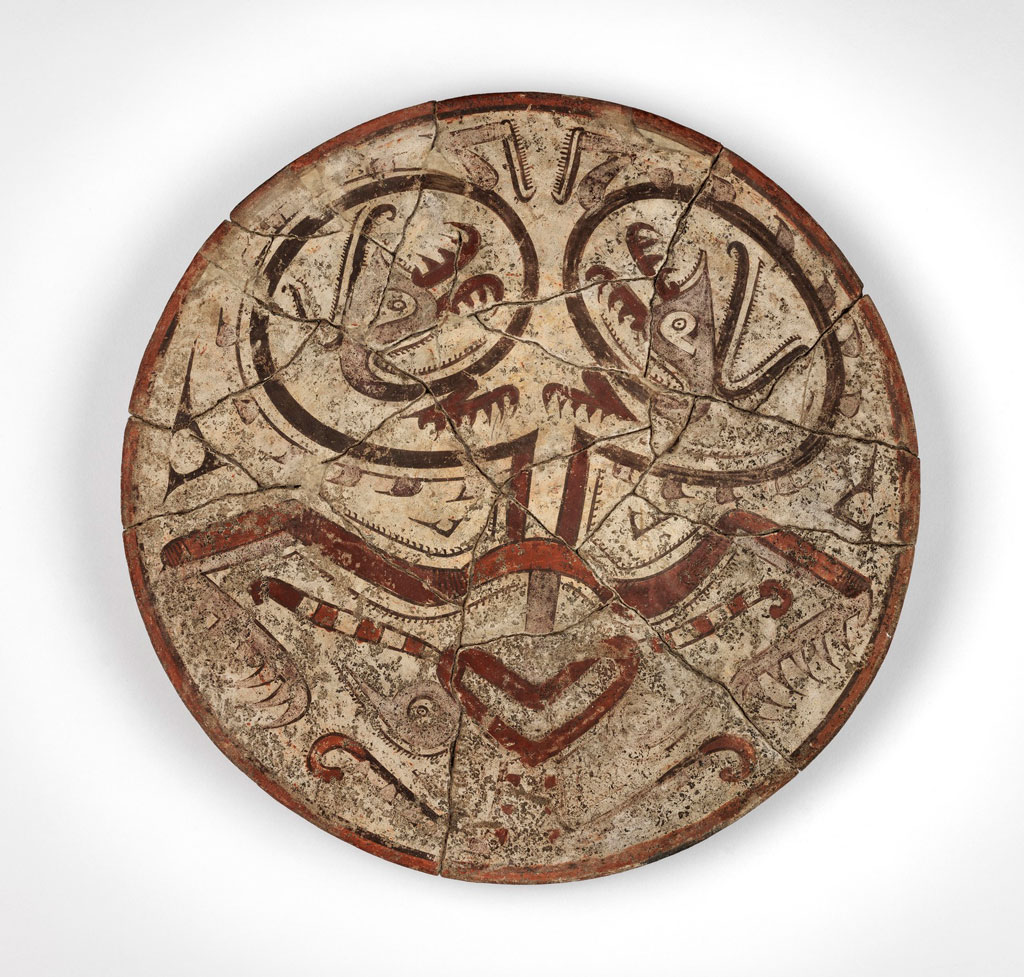During the 1930s, millions of Americans struggled to sustain themselves economically due to the manifold challenges of the Great Depression.
The Emergency Relief Appropriations Act of 1935 was passed by President Franklin D. Roosevelt to create consistent government jobs that put unemployed Americans back to work. Of all such ventures, the Works Progress Administration (WPA) was among the most impactful due to its hearty budget and many years in operation. The WPA provided many cash-strapped American families with an income, in addition to equipping workers with skills and contributing to national infrastructure, at a time when unemployment reached nearly one-fourth of the population.
The WPA also reached into the arts and academic fields. At museums, and at the Penn Museum in particular, a number of WPA projects ranging from artifact analysis to bibliographic work and mural painting were carried out by workers who were paid by the WPA. Projects involving science were provided opportunities to deploy laboratory methods on a large scale, leading to a legacy of research that extended far beyond the end of this Depressionera program, and the Museum’s ceramics laboratories serve as a prominent example.
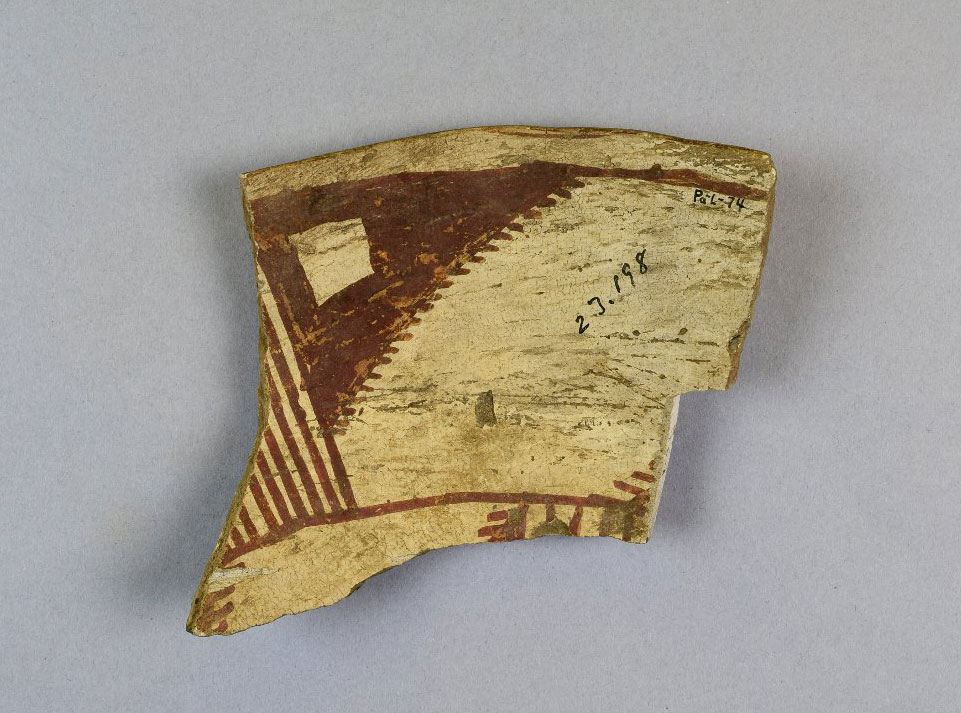
prehistoric bowl, traced to the San Juan Culture Area in the U.S. state of Colorado.
Museum Object Number(s): 23198
1931-1934: A Changing Nation and a Changing Field of Archaeology
In addition to representing cultures from across the globe and traditions from across time, the collections of the Penn Museum also reflect the history of the institution itself, encompassing decades of excavation, research, curation, and public interaction. One particularly remarkable collection lives neither in the galleries nor in storage, but rather within the Museum’s Ceramics Laboratory, part of the Center for the Analysis of Archaeological Materials (CAAM). It consists of an old wooden cabinet with 18 drawers labeled “A” through “R,” a hefty and weathered piece of furniture that would fit nicely in a library during the first half of the 20th century.
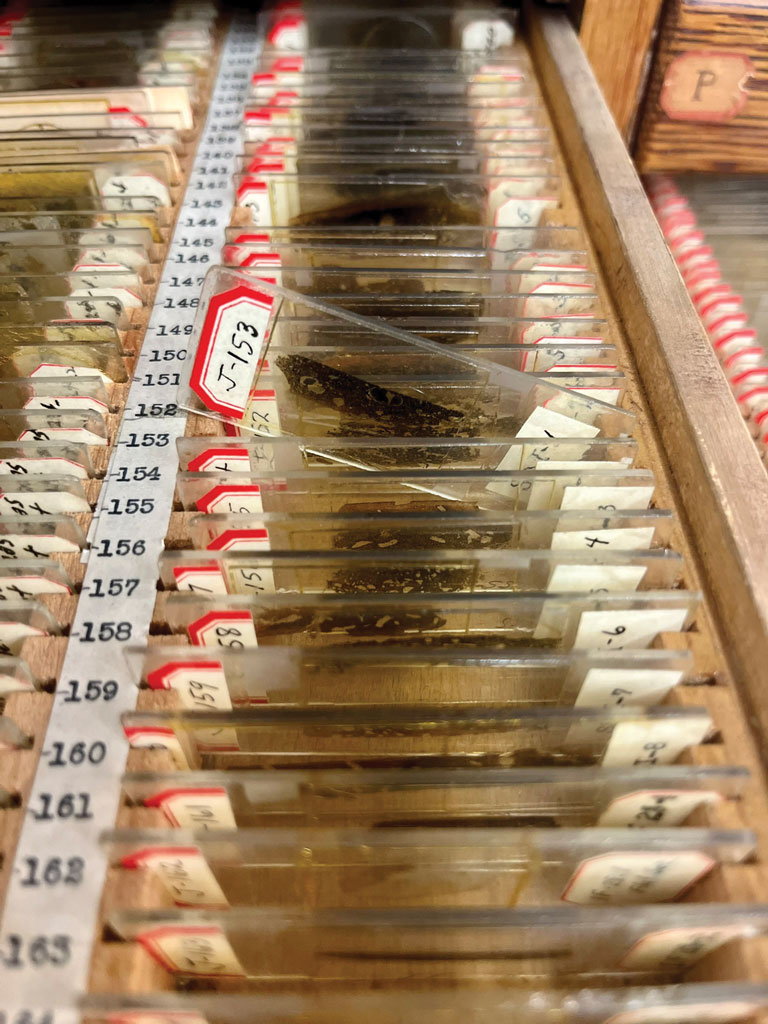
This cabinet, along with its associated archival documents, is what remains of the Works Progress Administration’s ceramics laboratories, which housed a special series of artifact research projects at the Penn Museum (then called the University Museum of the University of Pennsylvania) between 1935 and 1942. Inside the drawers are hundreds of small glass microscope slides, each containing an ultra-thin slice of pottery. With the United States in the midst of trying times, it was no small feat that American archaeologists were able to realize achievements that would come to shape the discipline as a whole.
By the 1930s, archaeological science had yet to become well established as an approach to understanding the human past. However, scholars already held an appreciation for the study of technological development in the archaeological record, as evidenced by their interest in artifact typology characteristics across different periods, including object shape, decoration, and marks of workmanship visible to the naked eye. During the first years of the Depression, a handful of researchers had begun to consider the potential of scientific laboratory methods for use in the analysis of ancient technology and in dating.
One such individual was Anna Osler Shepard, a Santa Fe-based archaeologist who introduced the scientific analysis of ceramic technology to her discipline. Shepard’s innovative approach included chemical and mineralogical analysis, firing experiments, and especially petrographic study (the microscopic examination of thin sections of rock), which had yet to spread far from the geosciences since its inception in the 1820s. The application of this technique to archaeological ceramics allowed her to examine the optical properties of the fired clay fabric in addition to the presence of inclusions such as temper, hinting at the ancient potter’s technological knowledge, available resources, and geographic location. From the very beginning, Shepard proved that her methods deserved a complementary place alongside the more traditional archaeological means of data collection, due to their exceptional abilities to expand upon and refine these results.
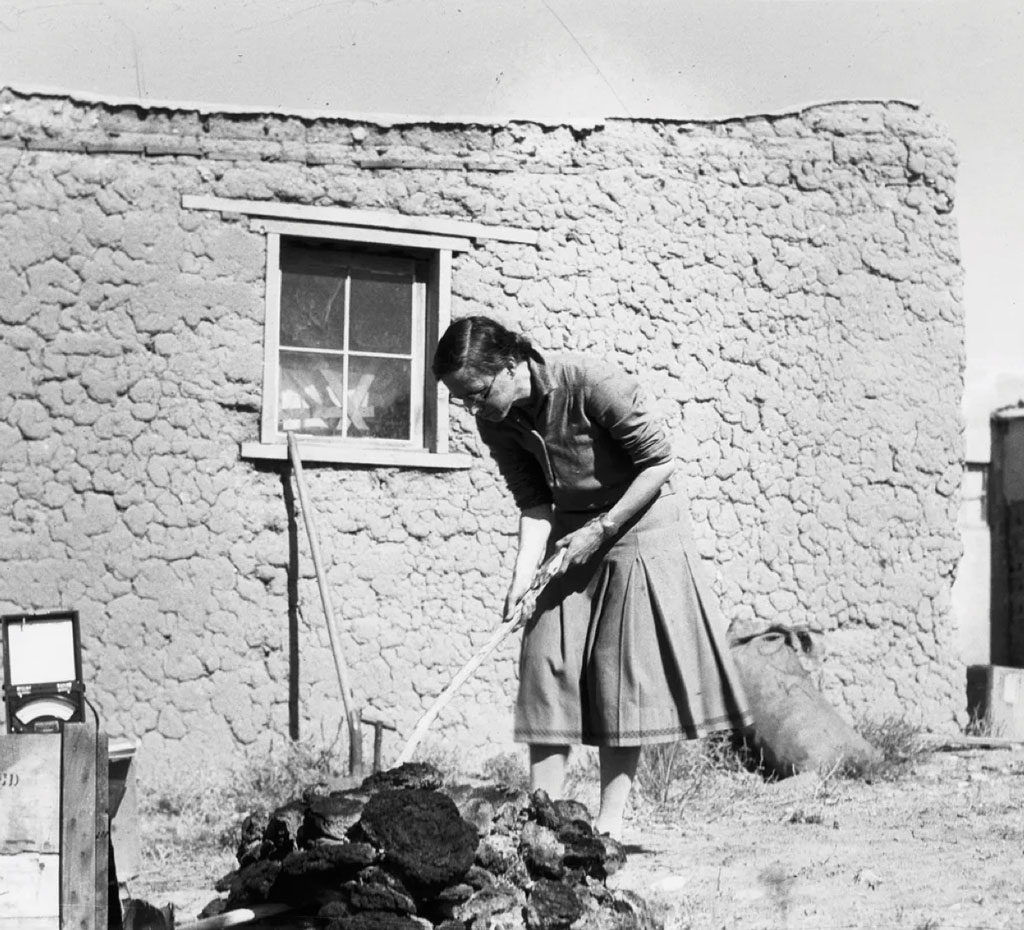
Meanwhile, at the Penn Museum, another ambitious archaeologist, Mary Butler Lewis, was also studying the ancient pottery craft. Records from her doctoral research suggest that Butler Lewis became interested in the benefits of laboratory analysis in the early 1930s, and as a result she saw the potential for a strong professional relationship with Anna Shepard. The Museum’s Archives hold several letters written back and forth between the two pioneering female archaeologists within which the burgeoning methods of ceramic analysis were expanded upon. In 1933, two years after Shepard had begun her ceramic analysis and three years prior to her methods being published for the first time, Butler Lewis inquired about the petrographic techniques. She received a reply from Shepard including instructions on the use of polarized light and thin sections to view ceramics through the microscope, as well as an offer to visit Philadelphia to further discuss these techniques.
Over the next year, the two researchers shared insights and study materials as they worked together in the development of this new science of archaeological pottery. In an October 1934 letter, Butler Lewis reveals plans for a dedicated laboratory at the Museum for the technological analysis of ceramics, despite the ongoing economic depression. Whether they knew it or not at the time, Mary Butler Lewis and Anna Osler Shepard had built the foundation necessary for the revolutionary WPA laboratory projects, which began soon after.
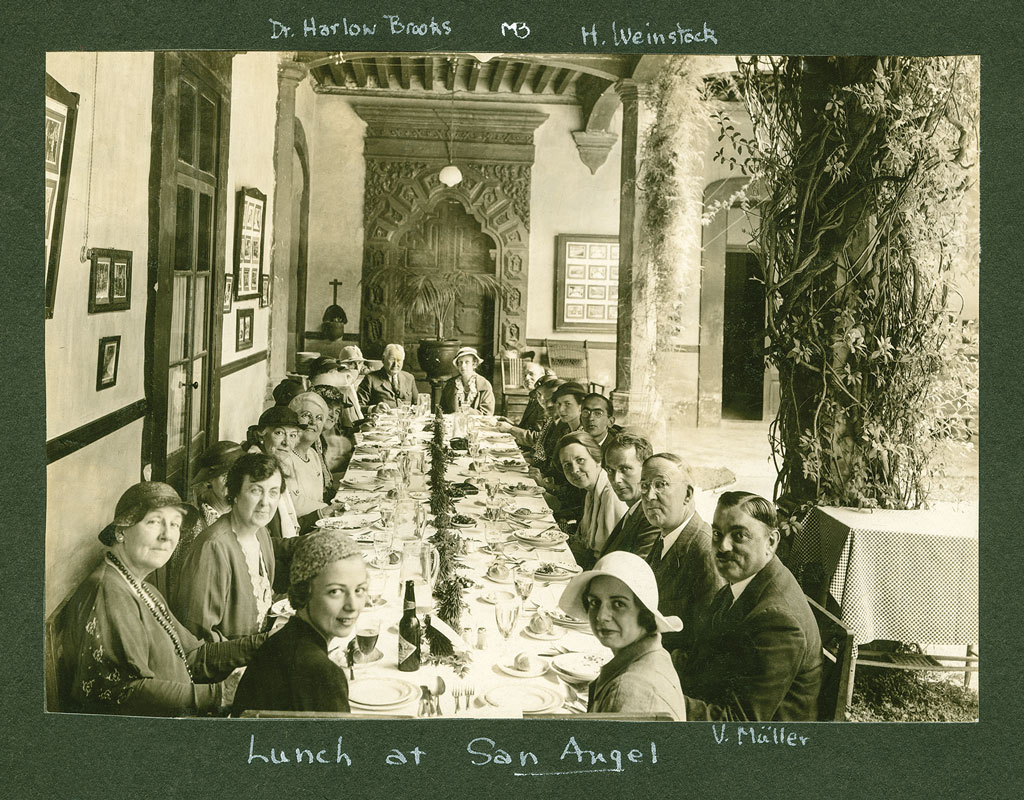
colleagues on site during archaeological projects in Guatemala; photos from the Penn Museum Archives.
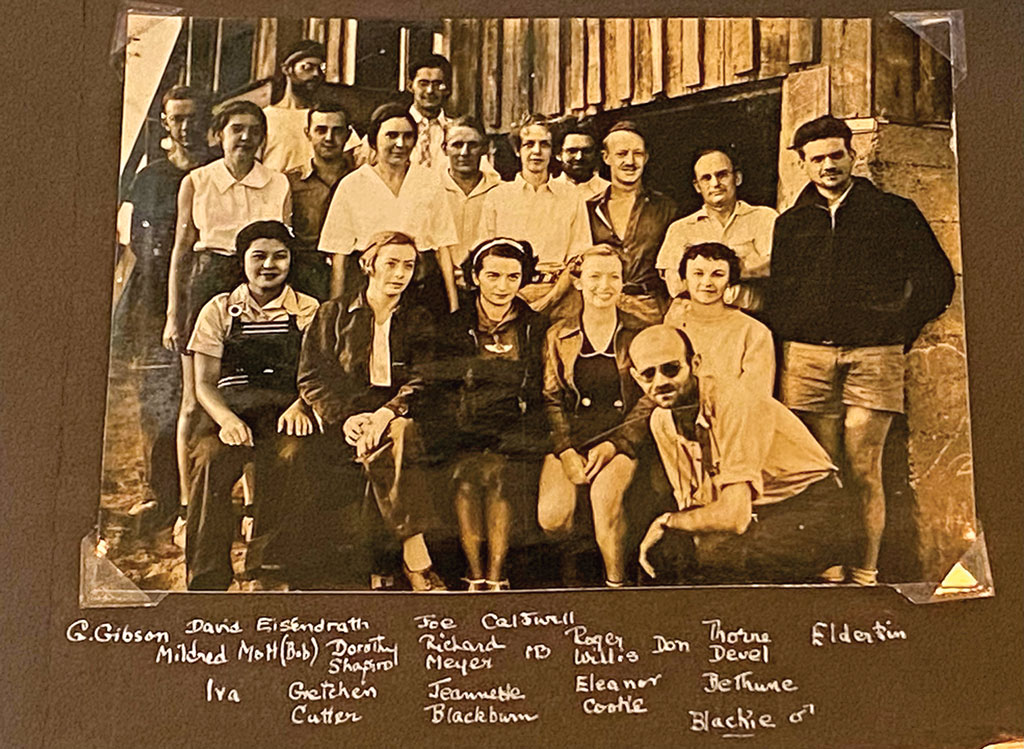
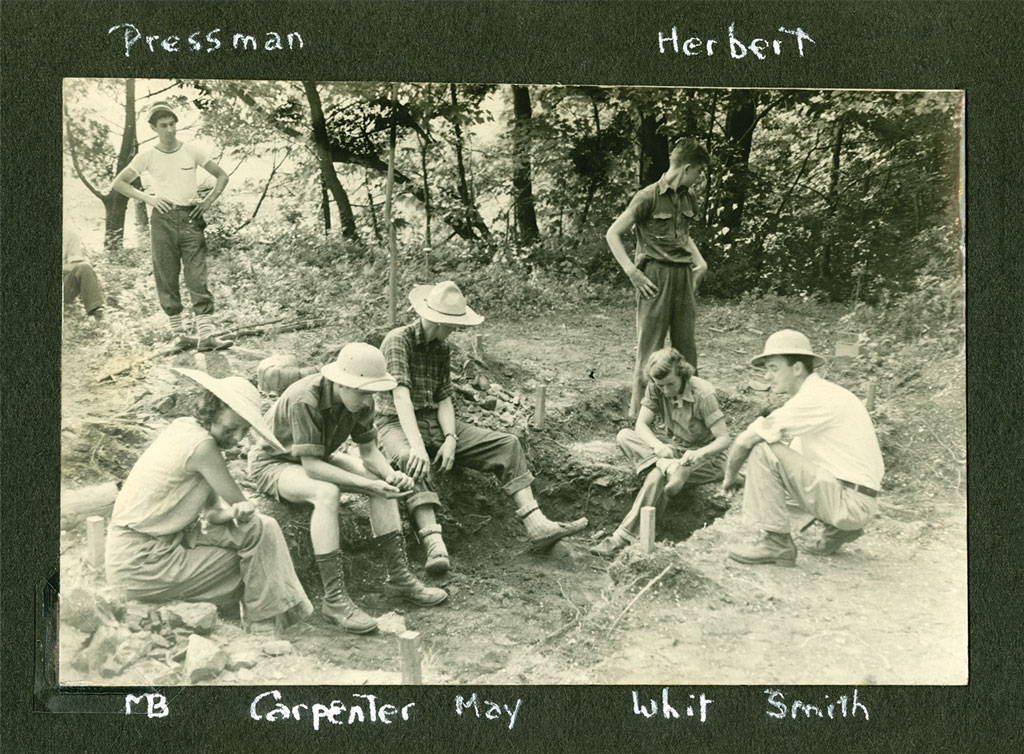
1935-1942: The WPA Ceramics Laboratories and Their Influence
Beginning in 1935, a new group of researchers at the Museum picked up the project of ceramic technological analysis where it was started by the two pioneering women and took this research to new heights. Such a feat was made possible in no small part by the labor power and funding of the WPA. The new group was led by three Museum archaeologists, with Vladimir Fewkes overseeing the day-to-day operations of the ceramics laboratories and writing weekly progress reports, while Donald Horton and Joseph Berman served as project heads who coordinated the overall research and publishing goals of the laboratories. The stated mission of the WPA ceramics laboratories was to illuminate the stages taken by pottery-making techniques in pursuit of a better understanding of a society’s technical development. Lab leadership viewed scientific analysis as a critical new facet towards this accomplishment, as techniques such as petrography had been proven to “furnish absolute identification of the localities of manufacture,” according to 1937 archival project documents. The Archives also contain blueprints for one of the WPA ceramics laboratories (p. 34, known as Project 19421), providing insights into how these spaces functioned. For instance, the project consisted of seven departments, each with its own duties and outputs. In addition, it seems that the laboratories employed a relatively large group of about 28 individuals, with positions ranging from carpenters who constructed the workspaces to chemists and laboratory assistants who performed experiments and collected data, as well as librarians and typists who organized bibliographic information and carried out the WPA’s secretarial work. The documents describe a scope and scale to these WPA projects that was unprecedented at the time, leading the revolutionary archaeological science being employed at the Penn Museum to gain publicity at an ever-increasing rate within the academic community.
Throughout the mid- to late 1930s, archaeologists from across the United States visited the WPA laboratories at the Museum, sometimes offering their support in the form of loaned or donated contributions of ceramic materials and written words of high praise. In September 1937, an ambitious doctoral student at the University of Michigan named Frederick Matson arrived in Philadelphia to meet Donald Horton and observe the WPA laboratories. He later wrote: “We had a long discussion about the possibility of making archaeological ceramic technological studies more visible and more desirable in the U.S. archaeological community.” Following his conversation with Matson, Horton reached out to Anna Shepard and recruited Vladimir Fewkes for participation in a group discussion on the terminology and standards for the new techniques of ceramic technological analysis. These four archaeologists became the organizing committee of the Ceramic Technology Conference of 1938, which included a group of 12 handpicked participants from a range of institutions. Despite its small size, this event served to establish a community of scholars interested in the possibilities held by the scientific analysis of ceramic artifacts.
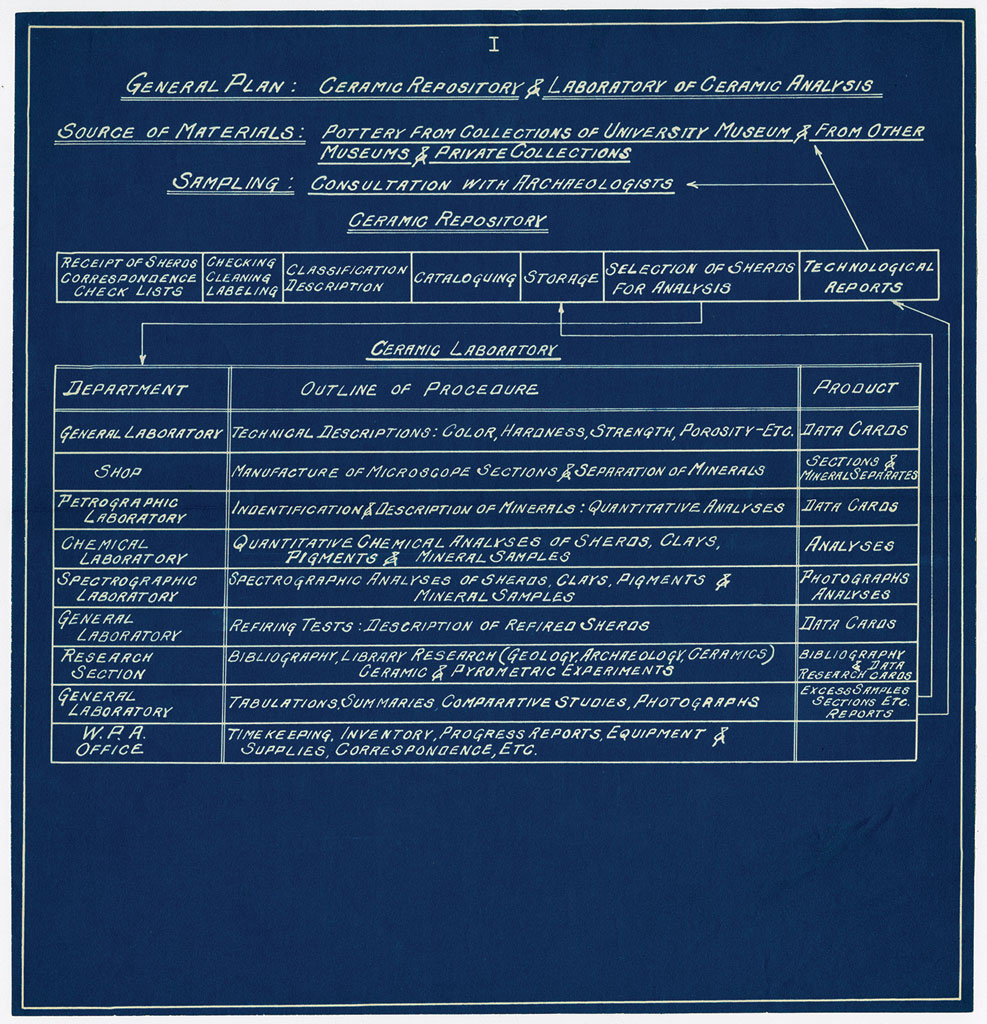
Following the conference, several participating institutions, including the Museum of Northern Arizona, the University Museums of the University of Michigan, and the Bryn Mawr College Department of Geology, remained in contact with the leadership of the WPA ceramics laboratories at the Penn Museum, thus building these laboratories into a sort of early nexus for research in archaeological science. Additionally, as the WPA projects progressed and their influence continued to spread, academic interest and support began to arrive from an expanding network of individuals beyond the original conference participants. When the ceramics laboratories were up for renewal in 1940, they received an outpouring of support in the form of letters from prominent archaeologists. The interdisciplinary and interinstitutional collaboration of a large network of professionals made way for ceramic analysis, and especially ceramic petrography, to become common practice in archaeology.
The 1941 weekly progress reports written by Fewkes make clear that the environment of these laboratories was one in which workers were encouraged to expand their own personal skills and collaborate frequently with others in different departments to solve problems. However, around this time, the difficulty of finding enough research to justify the maintenance of such a large workforce was also becoming evident, as the United States prepared to face its next epochdefining challenge, entering World War II. As a result, all WPA-sponsored projects at the Museum ended in 1942, and President Roosevelt discontinued the WPA overall shortly after.
1943-2009: The Legacy of the WPA Ceramics Laboratories
Despite the closing of the WPA laboratories, their impact on archaeological science is traceable. The mobilization of scientific analysis at the Museum and the material collection it produced opened a new chapter in archaeological knowledge, one in which the modern discipline currently resides. The person who best represents the opening of this next chapter is Frederick Matson, who had served on the organizing committee for the 1938 conference before continuing to develop the science of archaeological ceramics throughout his 25-year tenure as Penn State’s first Professor of Archaeology. During this time, Matson worked with a variety of artifact collections and continued to build on the intellectual foundation laid by the WPA projects with his research. In fact, several archival letters from both the Penn Museum and Penn State’s Matson Museum of Anthropology show that he borrowed part or all of the WPA thin-section collection for decades. This correspondence indicates that the WPA thin sections served as longtime reference material for Matson and his department, while also reinforcing the growing network of institutions with interests in the science of archaeology. While none of Matson’s contributions to the field can be understated, his work on ceramic technology, highlighted by the landmark 1965 publication of Ceramics and Man, remains a key text in the history of archaeological ceramics, and the legacy of the WPA projects resonates within this work.
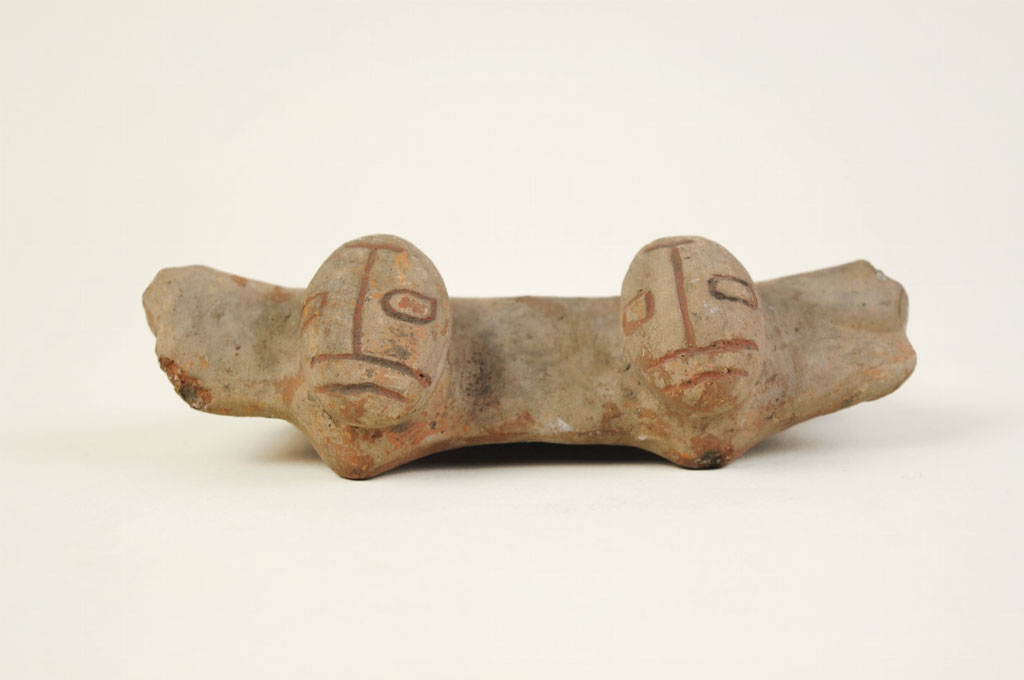
Museum Object Number(s): SA2291
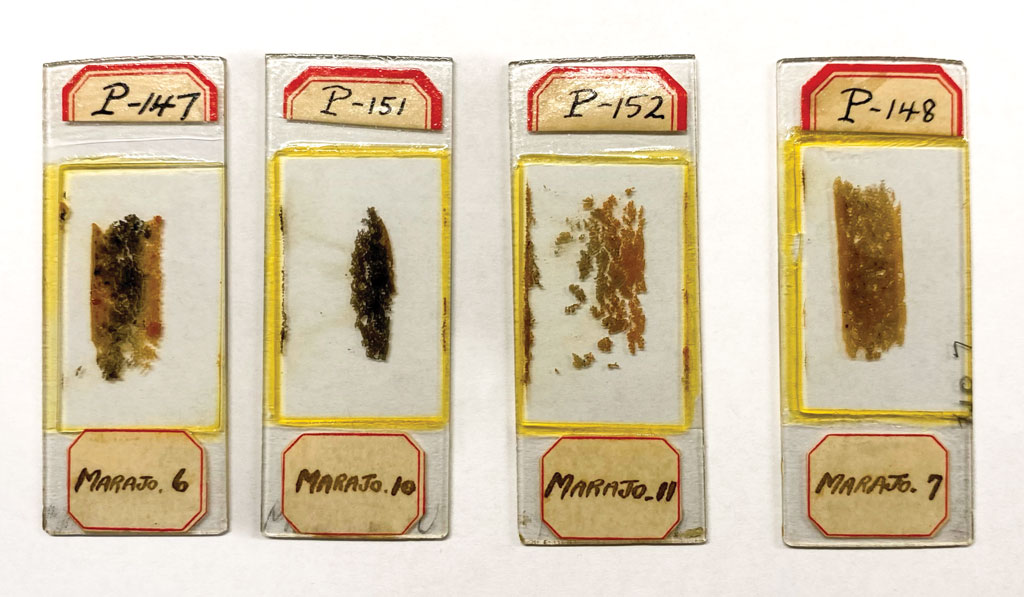
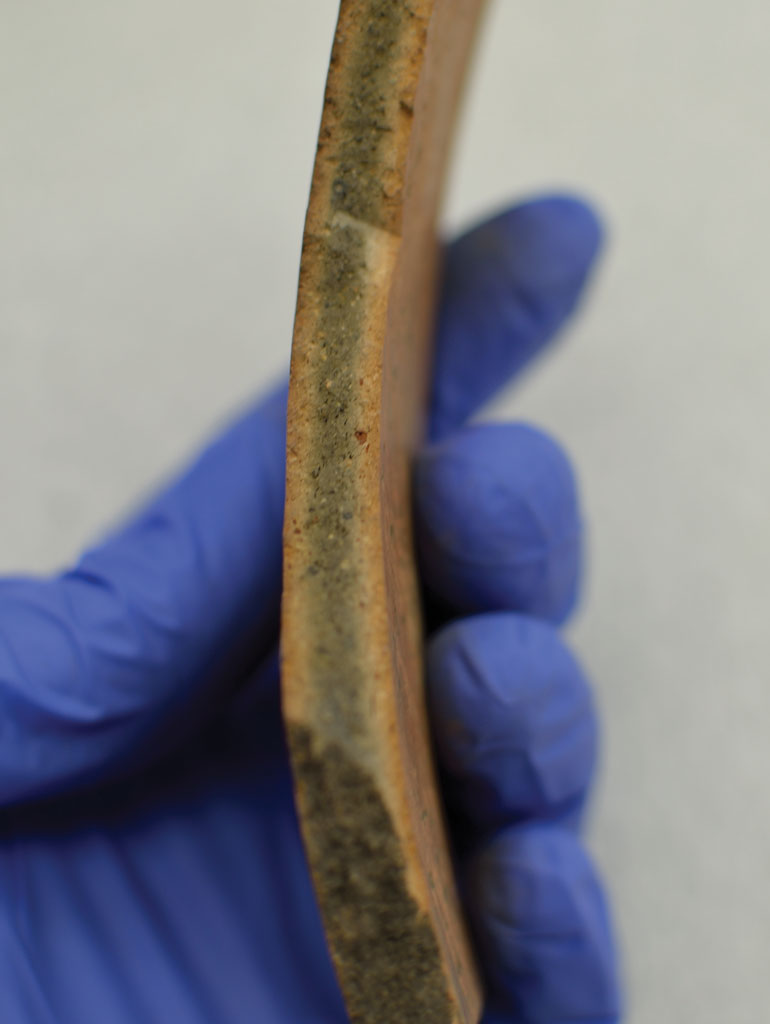
As the practices of conducting archaeology in the laboratory spread across the nation under the continuous influence of scholars such as Matson and Shepard, large-scale archaeological science experienced a slow period at the Penn Museum. This period came to an end in 1961, when Museum Director Froelich Rainey, who championed an international shift in Museum priorities from collection to research, established the Museum Applied Science Center for Archaeology (MASCA). Within the new laboratories, archaeological science was conducted in a variety of ways, ranging from the development of remote sensing equipment to the employment of specialists in fields such as physics and botany to analyze archaeological materials.
However, the Center’s most profound work took place under Associate Director Elizabeth Katherine Ralph, who made significant contributions to the emerging technique of radiocarbon dating, using the dendrochronological (tree-ring dating) studies of Dr. Henry Michael to achieve breakthroughs in the accurate calibration of carbon-14 dating. Alongside such monumental work, MASCA also furthered the objectives of the WPA ceramics laboratories by continuing the study of ceramic technology of the Museum’s archaeological collections to shed more light upon the development of the potter’s craft at sites across the world, such as that of Ban Chiang on Thailand’s Khorat Plateau (1980s) and those of Hasanlu Tepe and Dinkha Tepe in the Solduz Valley of northwestern Iran (1990s). Through these projects, the methods of Anna Shepard were blended with technologies newer to the field of archaeology like scanning electron microscopy and radiography (X-ray). Overall, the work of MASCA on ceramic technology built on the legacy of the WPA projects by achieving integration of archaeology and laboratory science, made possible through the culture of research fostered by Rainey and Ralph.
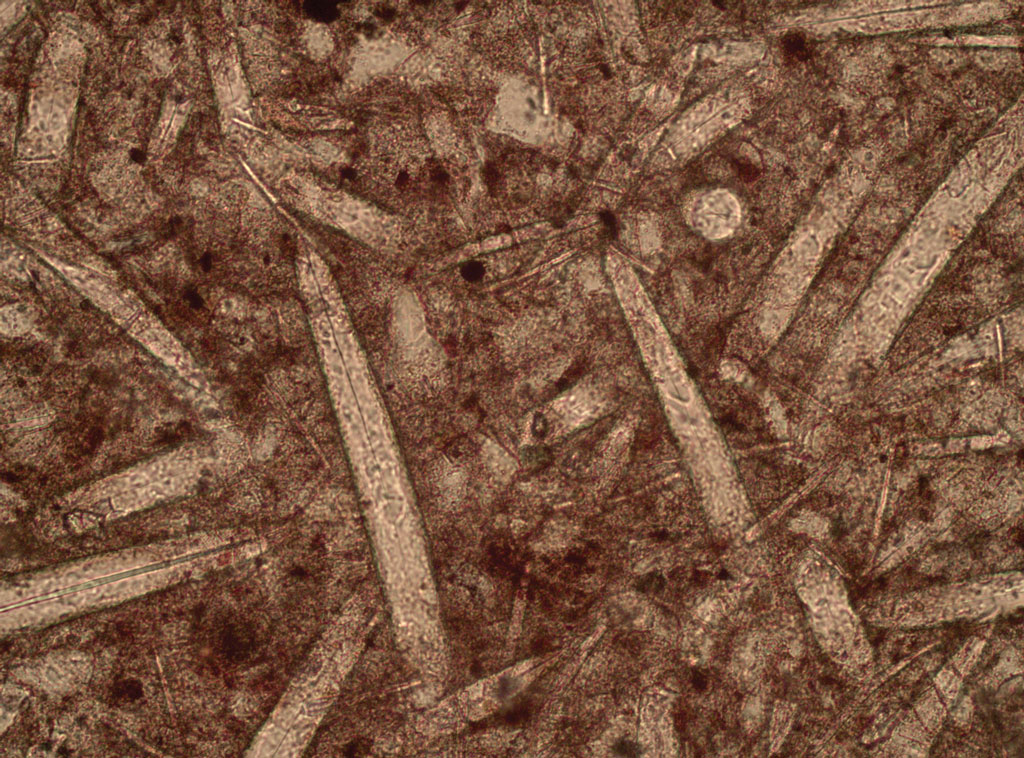
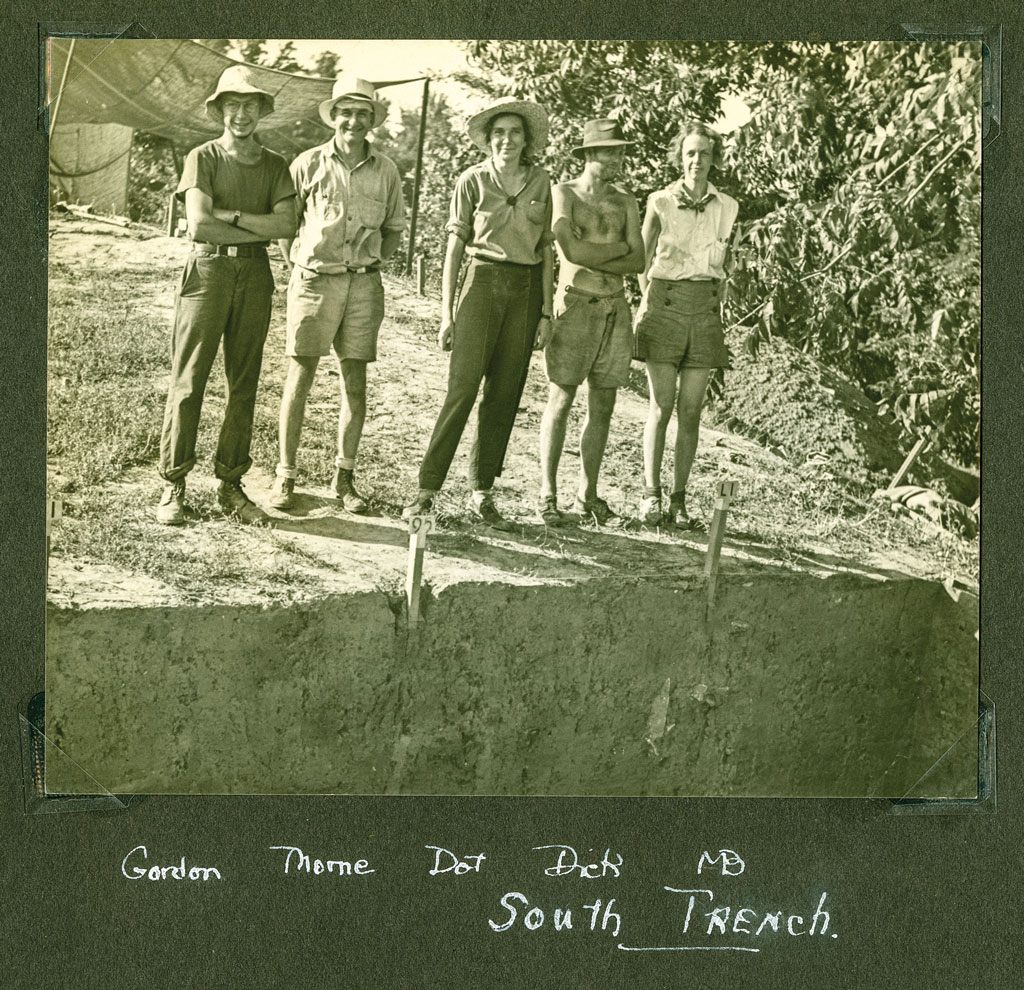
2010-Present: CAAM and Archaeological Science at the Penn Museum Today
The latest chapter in the history of archaeological science at the Penn Museum began shortly after the closing of MASCA and involved, once again, the analysis of archaeological ceramics. In early 2011, the Museum successfully opened the Ceramics Laboratory as a proof of concept for laboratory spaces dedicated to teaching Penn students. A few years later, in 2014, and in partnership with the School of Arts and Sciences, the Penn Museum established CAAM as a hub for archaeological sciences with a full curriculum of undergraduate and graduate courses, a team of teaching specialists, new labs, programs, and a classroom, all dedicated to learning and researching in archaeological sciences. As part of CAAM, the Ceramics Laboratory’s research represents over 10,000 years of human engagement with the mineral world. Ceramic data is used for the reconstruction of the production technology, distribution, and use of ceramics with the aim of understanding the behavior of the people who made, traded, and used these objects. At the heart of the resources available in the Ceramics Lab is the WPA thin section collection, which is used in teaching for such courses as “Material World in Archaeological Science” and “Petrography of Cultural Materials.”
From an unlikely origin in times of hardship, the WPA ceramics laboratories captured the importance of the burgeoning scientific approach to artifact analysis and elevated it to a position of profound influence within the discipline, forever changing the ways in which archaeologists seek answers about the past. This unique collaboration between the Penn Museum and the WPA allowed for the deployment of archaeological laboratory methods on a large enough scale to convince the scholarly community of their merits, a prominent role that deserves recognition. The productive archaeology laboratories of the presentday Penn Museum and those elsewhere can be traced, in part, back to those WPA projects and the scholarly community they helped to foster.
Mary Butler Lewis
During the early to mid-1930s, archaeologist Mary Butler Lewis was in the process of completing her Ph.D. dissertation on the Maya ceramics of Piedras Negras in Guatemala. In 1936, she became the first woman to receive this distinction from the University of Pennsylvania Department of Anthropology. Her work on ceramic technology at the Penn Museum was a driving force behind the establishment of the WPA ceramics laboratories. After being awarded her Ph.D., Butler Lewis returned to a largely field-based career in archaeology, both in Guatemala and in the American northeast.
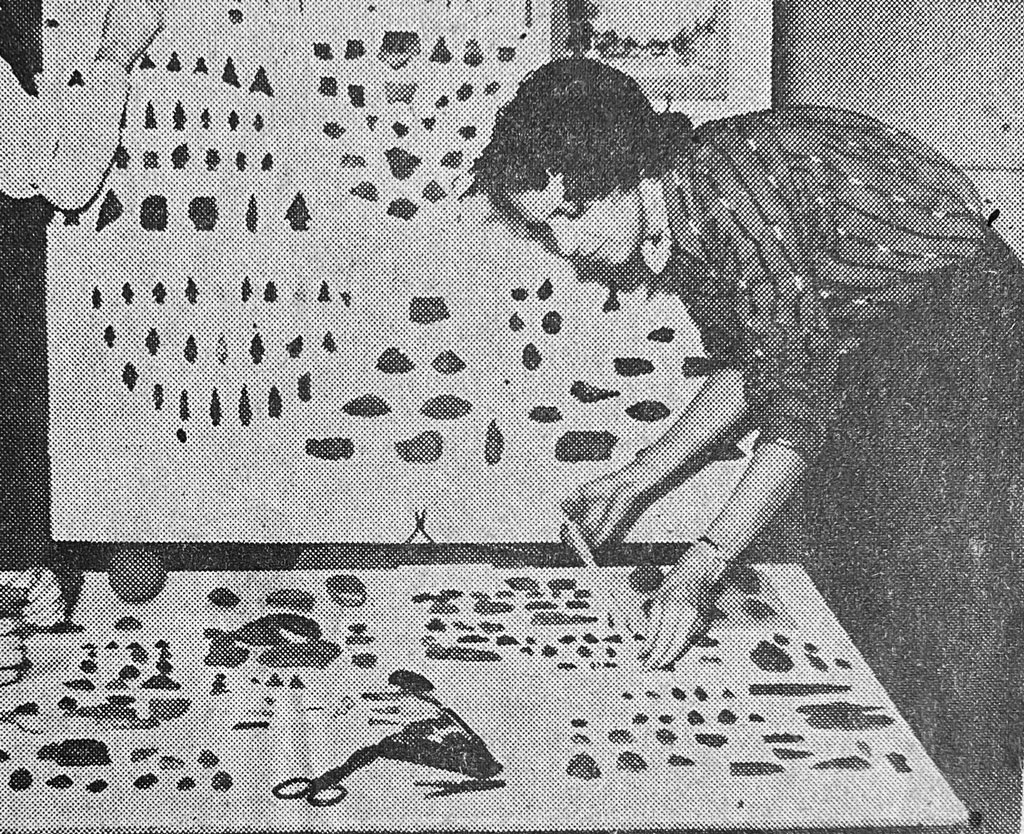
Anna Osler Shepard
In 1931, while she was working as a research associate at the Laboratory of Anthropology at Santa Fe, young archaeologist Anna Osler Shepard was invited to perform an experimental technological analysis on pottery from excavations at Pecos, a site located just southeast of the city. From Shepard’s writings at the time: “The immediate purposes of a ceramic technological investigation are to identify materials and locate their sources, to study the indications or workmanship, and to describe properties by reference to exact, impersonal standards.” This methodology had an immediate impact on the field, as it revealed that thousands of ceramic vessels had been imported into the Pecos Valley, rather than manufactured locally, which other archeologists had claimed. Thus, Shepard had proven her scientific methods to be worthy of a place in the archaeologist’s repertoire.
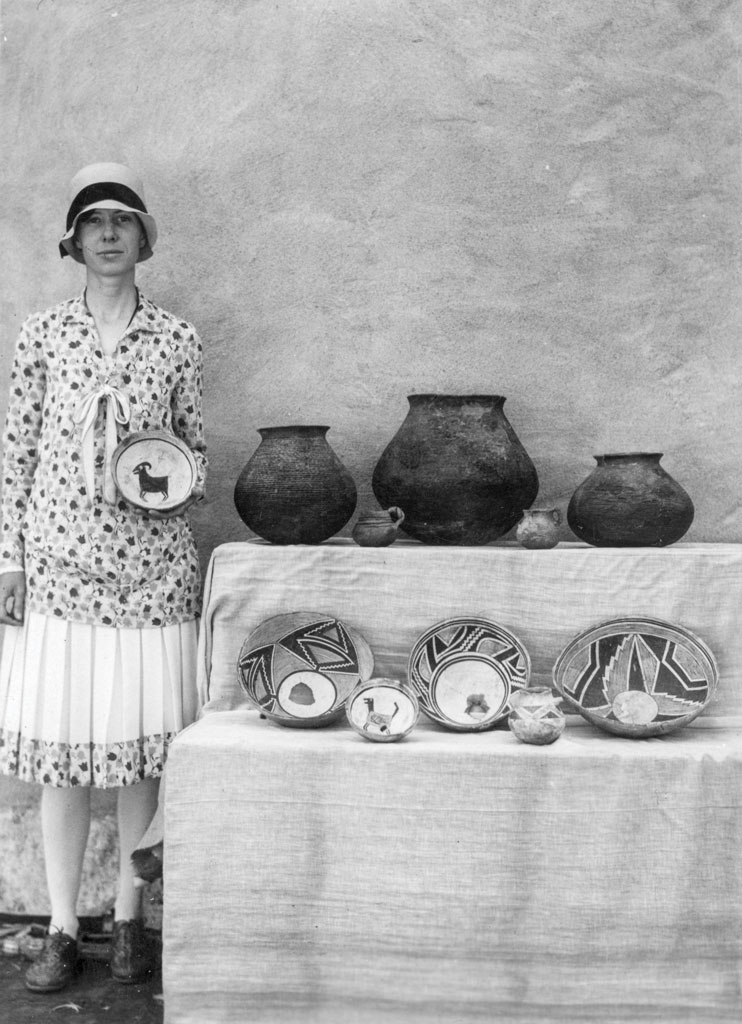
Vaughn Ortner graduated summa cum laude with a B.A. in Anthropology, Concentration in Archaeology, and Minor in Archaeological Science from the University of Pennsylvania in 2023. He currently works as a freelance field technician for cultural resource management firms.
Marie-Claude Boileau, Ph.D., is the Director of the Center for the Analysis of Archaeological Materials and Teaching Specialist for Ceramics
For Further Reading
Visit the Center for the Analysis of Archaeological Materials website at penn.museum/sites/caam.
Bishop, R.L., and F.W. Lange. 1991. The Ceramic Legacy of Anna O. Shepard. Denver: University Press of Colorado.
Kidder, A.V., and A.O. Shepard. 1937. The Pottery of Pecos, Volume II. New Haven: Yale University Press
Matson, F. 1965. Ceramics and Man. New York: WennerGren Foundation.

